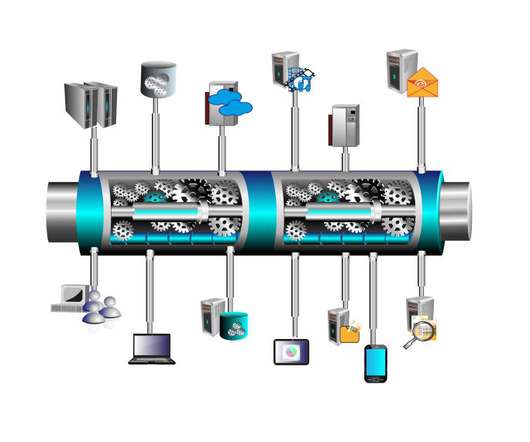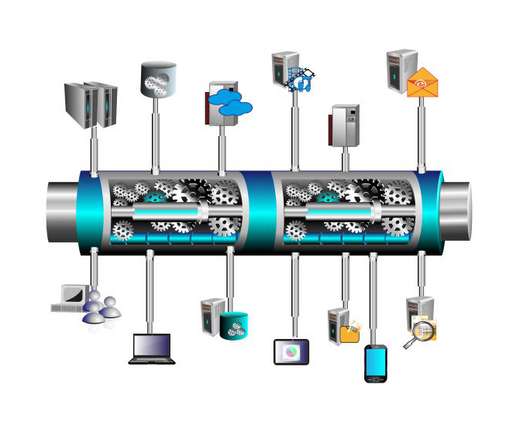What is infrastructure monitoring and why is it mission-critical in the new normal?
Dynatrace
NOVEMBER 2, 2020
IT infrastructure is the heart of your digital business and connects every area – physical and virtual servers, storage, databases, networks, cloud services. We’ve seen the IT infrastructure landscape evolve rapidly over the past few years. What is infrastructure monitoring? . Dynatrace news.













Let's personalize your content